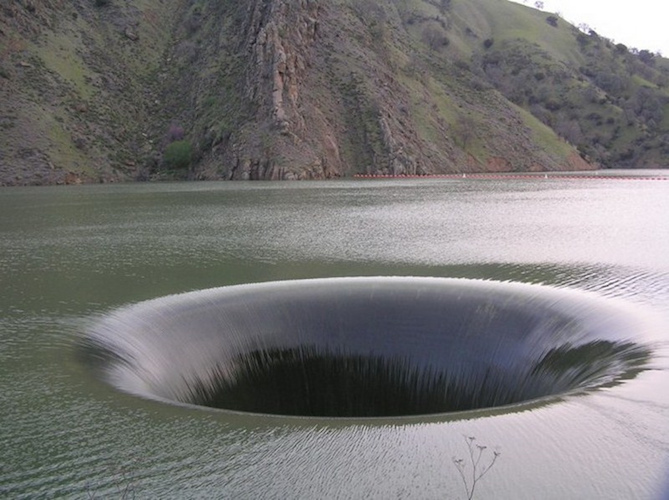California is four years into the longest and most severe drought the state has ever experienced.
Not only is surface water supply decreasing due to lack of rain and snow, with underground water supplies being used up at an alarming rate as well, once underground water from aquifers is used up it’s as good as gone as underground water supplies are not immediately renewable.
The drought has dried up rivers, lakes and streams, which affects fish, animals, birds and plants, as well as creating higher than usual risks for forest fires which can contribute to deforestation and air pollution. California’s drought is not California’s problem, it’s everyone’s problem.
Recently California’s Governor, Edmund Brown, established Emergency Water Restrictions in an effort to reduce water usage by up to 25%. There are established do’s and don’ts for everyone, businesses and water suppliers. While we can view any effort at water conservation in a positive light, the recent water restrictions came under attack as the Dairy, Meat and Agriculture Industries in California are the biggest users of water in the State.
Who is using all the Water?
The Meat, Dairy and Agriculture Industries will be resistant to reduce their water consumption, in fact it may be impossible for them to produce the same amount of goods as they have in the past with less water.
Each pound of beef uses 4,000 gallons of water (mostly for producing the animals’ feed), each pound of cheese needs 1,395 gallons of water. Fruits and vegetables uses large amounts of water, but the amounts of water they use are considerably lower for a higher yield.
It’s also important to note that not all of California’s agricultural products are foods grown for human consumption, many crops are grown as animal feed. Animal feed can require water both as it grows and if it needs to be processed. Additionally, not all of the agricultural products grown in California are consumed in California, many foods including animal feed are exported all over the country and the planet.
The USDA Dietary Guidelines include three cups of dairy and 5.6 ounces of protein per day for a 2,000 calorie diet. While the 5.6 ounces of protein does not have to come from animals, as plant-based protein options are listed, Americans eat more animal meat than people in other countries, with estimates ranging from over 130 to 300 pounds per person per year.
Meat production in the U.S. for 2012 was up 600 million pounds from 2011 with over 92 billion pounds of meat and poultry being produced. At current consumption rates, these numbers will only continue to rise. It isn’t just meat and dairy foods that are heavy water users, the more processed a food it is, the more water it used. Processed convenience foods are actually not very convenient for conserving water or protecting that valuable resource.
What it Means to You: Understanding your Water Footprint
Your water footprint is the amount of water you use, not only in your life to drink, shower, wash your clothes, water your lawn and brush your teeth, but it also includes the water used in the foods and products you purchase and use.
When we think of calls to action to conserve water we start taking shorter showers, flushing less often and letting the grass wilt. Being able to implement small mindful actions in your daily life to reduce the amount of water you use is a very positive way to express your care for water, which is a very valuable resource. But it isn’t enough. In order to reduce your water footprint you have to consume less.
You can start by consuming less foods like meat and dairy and buying products like leather and fur. Reducing or eliminating these foods and products from your life has a trifecta of reducing water consumption on an industrial level, stops animal cruelty and abuse in industrial meat lots and reduces environmental damage from concentrated animal urine and feces contaminating ground water and adversely affecting air quality.
Water conservation is everyone’s problem and everyone’s responsibility. Preventing animal cruelty in industrial meat farms is everyone’s responsibility. Keeping our environment safe from industrial animal production pollution is everyone’s responsibility. If you are conserving water at home, make sure the products and brands you support are inline with your values and actions.
References:
~
Relephant:
“How serious is California drought? Check out these before & after pictures, taken only 3 years apart.”
~
Author: Amanda Ashley
Editor: Travis May
Photo: Author’s Own











Read 1 comment and reply